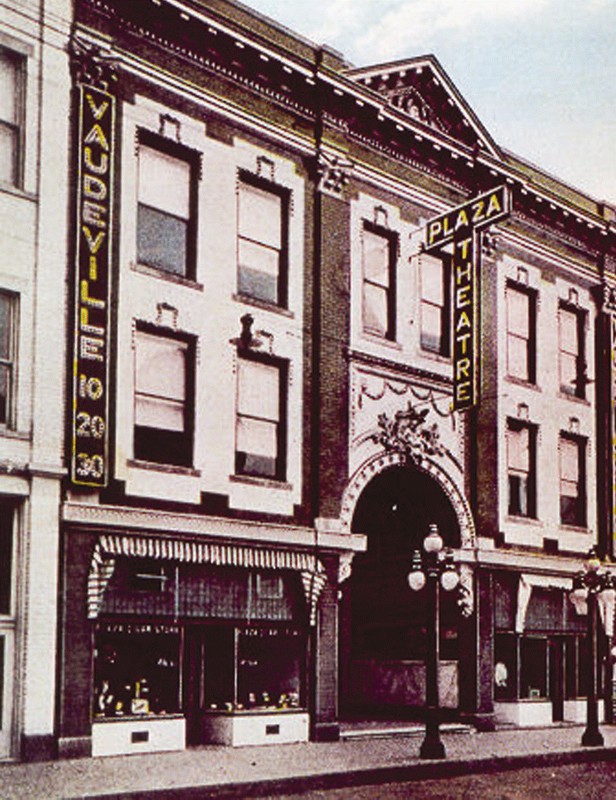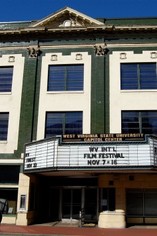Capitol Center Theater
Introduction
Text-to-speech Audio
Images
The historic theater operated as the Plaza Theater for many years and hosted vaudeville productions

The theater is now part of the WVSU campus and holds university events as well as community productions

Backstory and Context
Text-to-speech Audio
Through the years, the Capitol Theatre was a nexus of entertainment and culture in Charleston. In 1956, another major remodel project updated the interior and exterior of the theatre and added elements of the Art Deco style to the mostly Classical Revival style. The theatre continued to operate until 1981 when it succumbed to competition from chain theatres and multiplexes. In 1983, a nearby theatre (the Kearse Theater – built in 1922) was demolished to make room for a parking lot. In response, many local residents became concerned that the remaining historic downtown theater might suffer the same fate. In response, local preservationists and a group of 28 investors pooled their resources to form the “Capitol Renaissance ’84-1 Ltd.” to purchase the vacant property in 1984. The organization renovated and reopened the building the following year, primarily as a performing arts center. The theater became the home of Mountain Stage and other local productions and was celebrated as an adaptive reuse projection that would help revitalize the old business district in downtown Charleston.
The theatre building itself is three stories tall and is nestled between two adjoining buildings on either side. The exterior façade is divided into three segments with 4 brick pilasters (a rectangular columnn that projects from a wall). There are three large windows on the second and third floors. The color scheme is mostly green and beige. There is a parapet that adorns the upper part of the building that contains decorative ornamentation. At the center is a triangular pediment containing artistic decorations. The street level was significantly altered in 1956 when much of the theatre was remodeled. An Art Deco ticket booth was installed on the right side of the building near a pair of doors in the center of the building where the lobby is accessed from the street. There is a large marquee that overhangs the ticket booth and entry doors.
Inside, the lobby features similar Art Deco style to the ticket booth, including artwork and decorations. The main auditorium is 110 feet deep and 53 feet wide and features a floor that slopes toward the stage and orchestra pit. There are two aisles in between the rows of chairs. There is also a substantial balcony that extends over two-thirds of the main floor. In addition to the stage, there is a single screen and about 800 total in the theatre. In 1991 the theatre was donated to West Virginia State College (now University). The venue is part of the university and includes five classrooms and computer lab. The main auditorium hosts university productions and the West Virginia International Film Festival.
Cite This Entry
Joe Obidzinski on behalf of Preservation Alliance of West Virginia, Billy Joe Peyton, and Clio Admin. "Capitol Center Theater." Clio: Your Guide to History. September 29, 2017. Accessed April 29, 2025. https://theclio.com/tour/89/7

